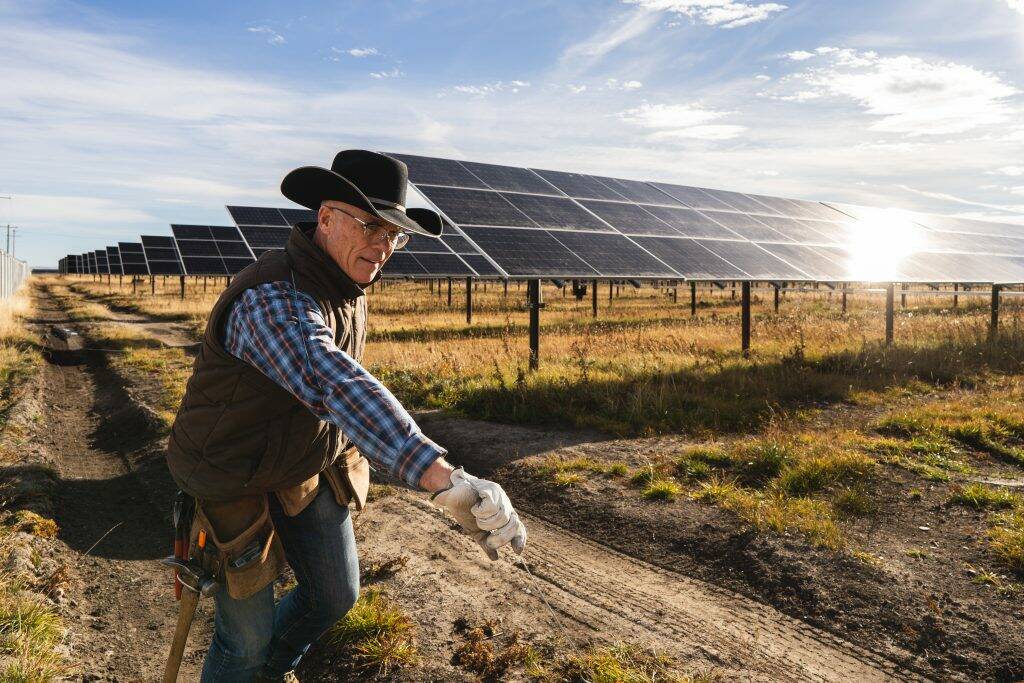Q: Two family members, C and D, have shared and equally owned a tractor, swather and combine used for grain farming for many years. In addition to sharing equipment, the two family members also helped one another with labour. However, both C and D own their own land.
C decided to get out of grain farming and go into cattle. He converted his cultivated acres to hay. D continues to use the equipment, without paying compensation to C. C has asked D to either buy him out, or has suggested that the equipment be divided with each receiving certain pieces.
Read Also

Support needed at all levels for high-value solar projects
Farmers, rural municipalities and governments should welcome any opportunity to get involved in large-scale solar power installations, say agrivoltaics proponents.
What are the parties’ rights in this situation? What if the matter can’t be resolved? Should the parties seek legal counsel? Will the sheriff be called upon to seize equipment?
A: The first thing to determine is the working arrangement or contract between C and D. Was the plan that each would contribute equally to the purchase, operation and maintenance of the equipment? If that was the plan, did each party in fact contribute equally? Because of financial or other problems did one party pay for more of the maintenance than the other? Alternatively, did one party contribute more labour in lieu of cash?
Should C and D be unable to resolve this and need legal assistance, documents such as bills of purchase, fuel and repair bills and cancelled cheques will become important to show what the contract was and what each party contributed. If C goes to court alleging that he is half owner, he will have to produce evidence to prove it.
Assuming that everything is indeed equal between C and D, the solutions suggested in your letter make sense. One party could buy the other’s share, or the equipment could be divided between the parties. Other equipment could be sold and the proceeds divided. If the parties can’t agree on the value, they could call on an independent evaluator. And of course, the parties can agree that D can buy C out over a period of time. The parties should also seek advice regarding any income tax consequences.
If they can’t resolve this dispute, the first step would be to consult a lawyer.
If the problem can’t be resolved by negotiation between lawyers, then the matter would go to court and a judge would decide the rights of the parties. A sheriff would become involved only if a court ordered judgment against one side, and that individual didn’t pay. As a way of enforcing the judgment, any equipment that party had could be seized.
Going to court is an expensive and emotional experience for most people. Alternatives such as mediation, arbitration or collaborative law should be considered.
Mediation involves a third party trying to help the parties find common ground. Arbitration involves a third party – but not a judge – making a decision.
Collaborative law is a new concept that involves the parties and their lawyers agreeing to reach an agreement without going to court. If no agreement is reached, the original lawyers agree not to take the case to court.
Don Purich is a former practising lawyer who is now involved in publishing, teaching and writing about legal issues. His columns are intended as general advice only. Individuals are encouraged to seek other opinions and/or personal counsel when dealing with legal matters.














